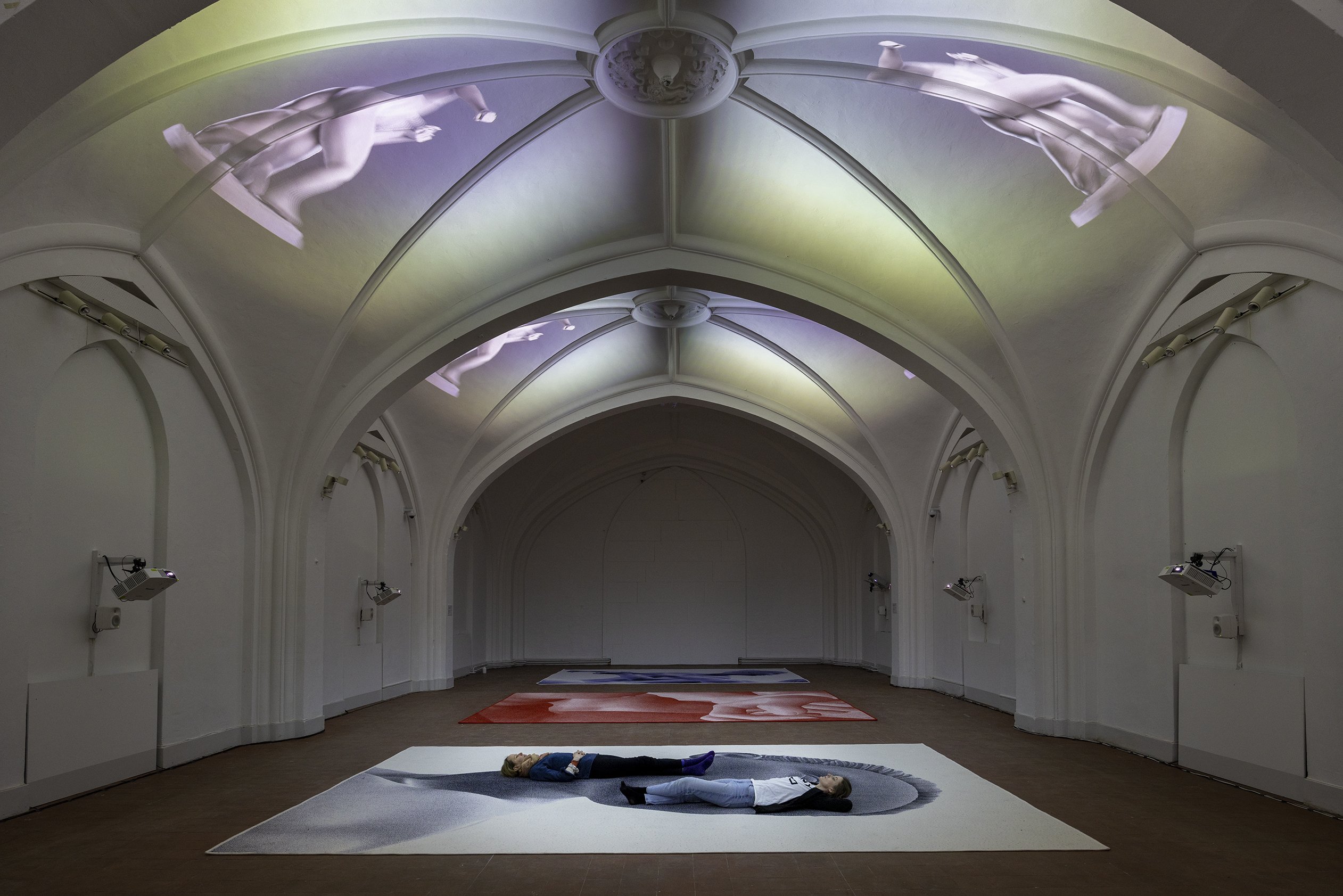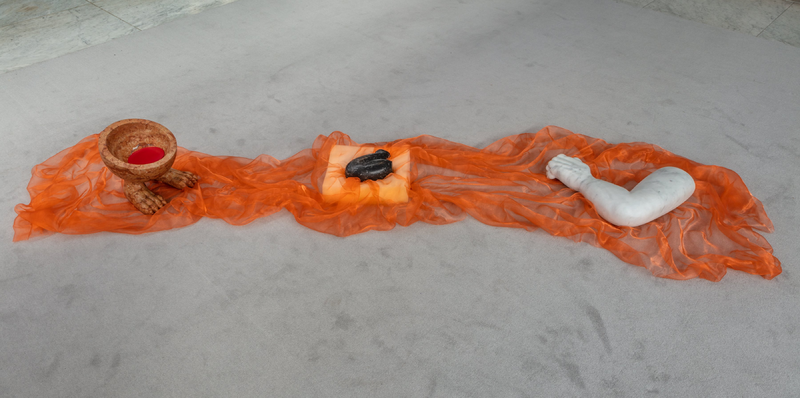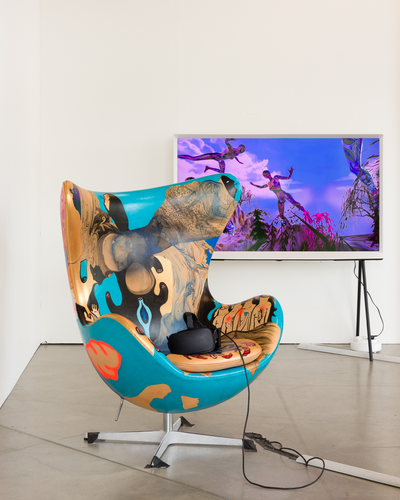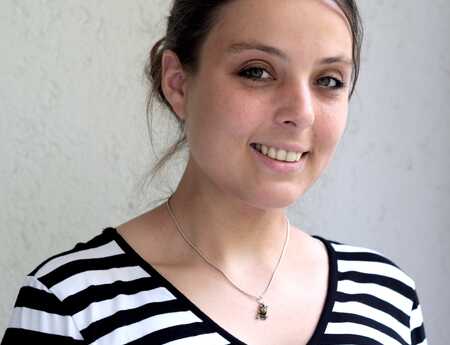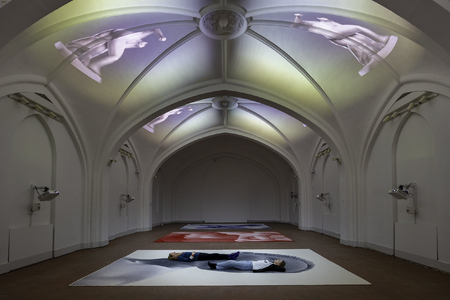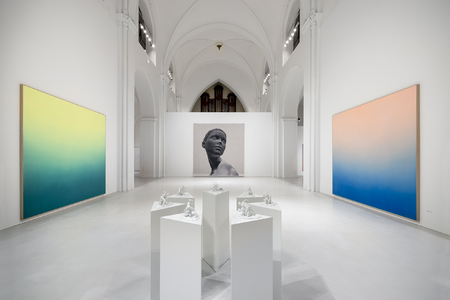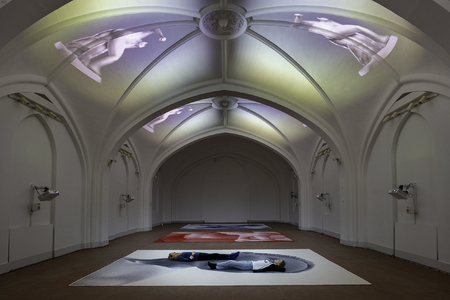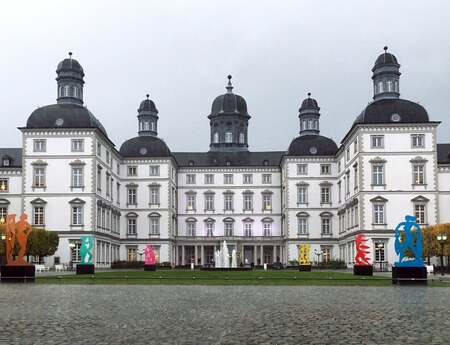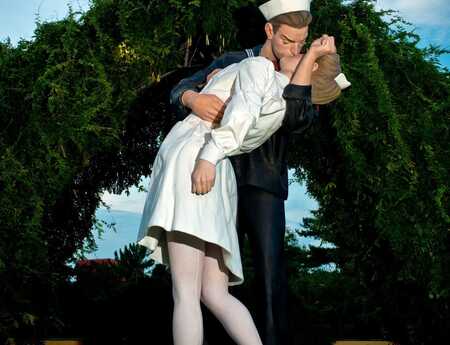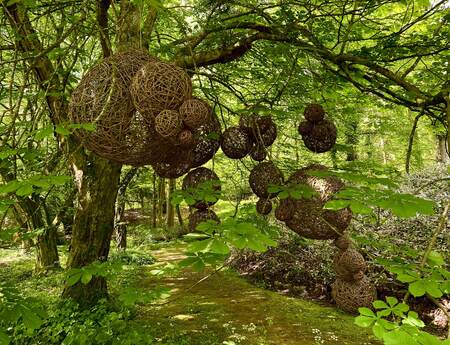The Digital Legacy of the Little Mermaid
The art scene in Denmark is on the rise: digital, virtual, interactive – people are no longer satisfied just with the bare materials of three-dimensional art. A look at current trends in Denmark’s small, but fine sculpture scene.
Who doesn’t know her, the little mermaid, who sits on the Copenhagen harbor and looks longingly at the water? The tribute to Hans Christian Andersen’s tragic fairy tale of a sea princess unhappy in love is certainly one of Denmark’s most iconic statues and attracts millions of onlookers every year. As it is only 1,25m high, it is a rather inconspicuous landmark and sometimes nearly disappears in the flashing of cameras. So what makes it magic? Is it a romanticized notion of the “Danish Soul”- full of serene melancholy and yearning for the sea? Is it her physical elegance, inspired by ballerina Ellen Price, which the sculptor Edvard Eriksen greatly revered? Maybe is it the mysteriousness that the bronze statue evokes- incidentally a copy of the original, which is no longer publicly accessible today- that wields such a powerful appeal, luring travelers to Copenhagen’s waterfront for over 100 years.
The Little Mermaid is not the beginning of Danish sculpture and probably not even its peak: finds of magnificently adorned art objects such as the iconic, yet unfortunately now destroyed, Golden Horns of Gallehus, trace far back to the Iron Age, and in the Middle Ages Romanesque stone sculptures in churches were impressed with curious grimaces, wild animals and enigmatic scenes. In the 18th century, neoclassicism with strong French influences grew, especially under Bertel Thorvaldsen, and triggered a veritable wave of naturalistic large-scale sculptures in public spaces. One thing many of the works had in common: natural romanticism and royal power were the most prevalent themes.
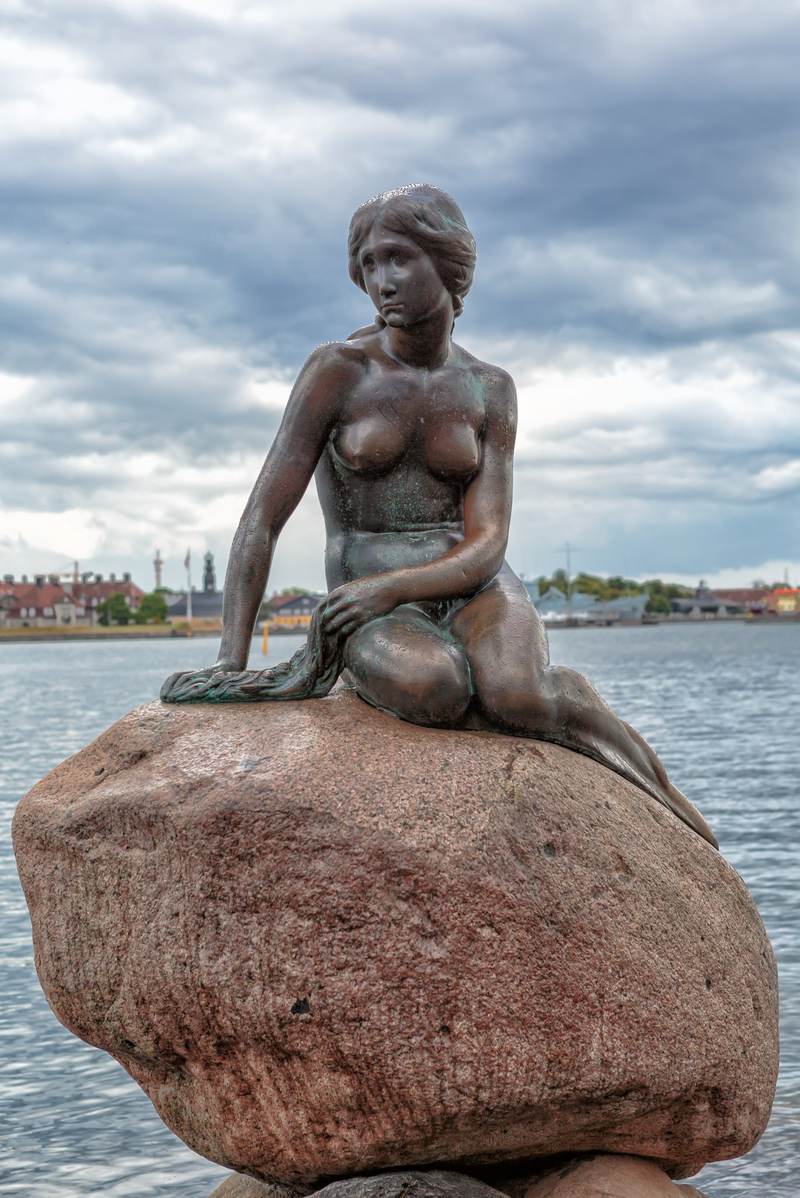
Today, the face of three-dimensional art in Denmark has changed. It has- despite the relatively small art scene- become more diverse, international, and developed an awareness of environmental and social issues. Moreover, digital topics play an important role- a reflection of Denmark’s fundamental affinity for digitization and technology? After all, in 2021 the small nation in the north ranked first in the Digital Economy and Society Index (DESI) in the pan-European context. So it is hardly surprising that terms like virtual reality, crypto art, and NFTs are no longer marginal phenomena in Danish art.
Anyone who is now frowning in wonder as they read this may not live in Denmark, the promised land of digitalization, and might be wondering what an NFT is. The phenomenon is now known worldwide and has triggered heated discussions. Simply put, an NFT (non-fungible token aka non-exchangeable token) uses blockchain technology to give digital artwork a certain uniqueness and authenticity. In the age of the thousandth copy and unlimited storage space, the value of the original is increasingly losing its meaning, and artists are losing control over the distribution of their work- a development that the digital art world (or at least part of it) wants to counteract through NFTs. One of the brains behind this idea, Anil Dash, recently explained in a commentary to The Atlantic why this concept, while commendable, does not only bring positives.
However one feels about NFTs, it is hard to imagine the modern digital art world without them. One of the young faces of this new art type is Danish artist Ditte Ejlerskov, whose current exhibition, The Cult of Oxytocin, was on view in the Nikolaj Kunsthal through May 8, 2022. Born in Frederikshavn in 1982, this artist is justifiably known as a pioneer of digital art in Denmark, as she was among the first artists there to integrate Crypto Art into her work earnestly. Since the beginning of her career, her work has revolved around interactions with the internet and pop-cultural phenomena, which she dissects with a sharp eye and molds into new forms. In the past, she has dealt with the public image of pop stars such as Rihanna or Nicki Minaj and turned an exchange with an internet scammer into her series My Bajan Letters.
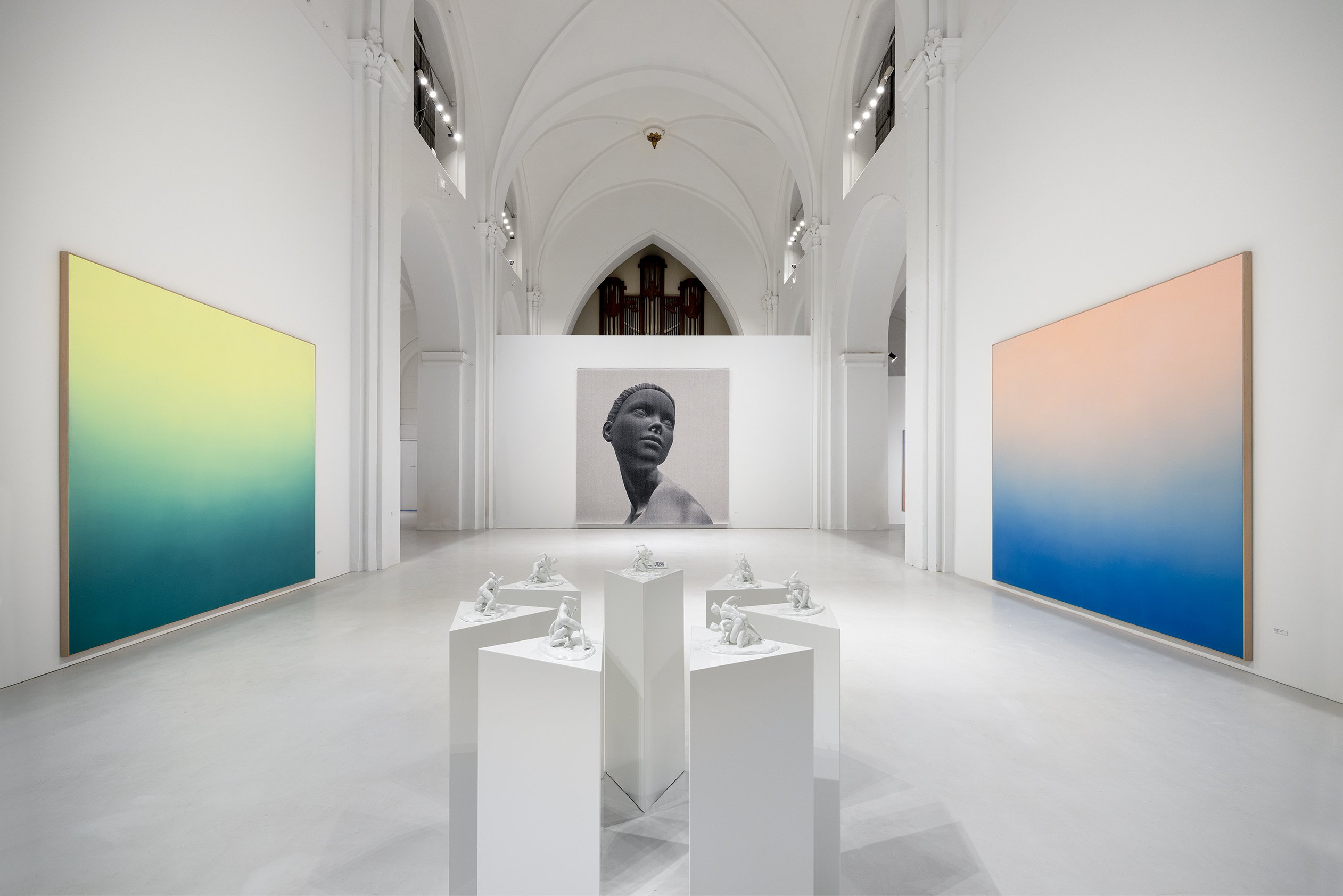
Left: Ditte Ejlerskov: The Cult of Oxytocin 5 in Nikolaj Kunsthal (2022), Photo: Jan Søndergaard, In the picture: The Wrestlers (2021)
Right: Ditte Ejlerskov: The Cult of Oxytocin 6 in Nikolaj Kunsthal (2022), Photo: Jan Søndergaard, In the picture: Video-Installation The Gateway (2022)
In The Cult of Oxytocin, Ditte Ejlerskov once again has her finger on the pulse: with her plea to allow more joy in everyday life (to stay in her imagery: to produce more oxytocin than adrenaline), above all she processes the omnipresent worry and pressure to perform that the corona pandemic has unveiled. As an overall installation concept, the exhibition encourages direct engagement with the art through meditative and interactive elements- both in physical and virtual space. Because Ejlerskov makes massive use of possibilities in digital art: virtual sculptures, video installations, and NFTs to go… her exhibition wants to send a message on all channels and push the idea of public sculpture to the extreme.
The centerpiece of the exhibition and continually recurring element is the digital sculpture Bryderne/The Wrestlers, a reimagination of the famous Roman antique marble sculpture of two wrestling men from the Uffizi Gallery. Ejlerskov rethinks the motif with two fighting women, representing the conflicting hormones oxytocin (representing happiness and relaxation) and adrenaline (representing pressure to perform and tension) - which became one of the first digital artworks purchased in Denmark by a museum for its permanent collection, to be admired virtually here. At the end of the exhibition, oxytocin takes over the meditative video installation The Gateway, which rewards the participants on-site with an individual NFT code. A unique digital representation of their personal experience that can also connect with others simultaneously. This not only excites the audience but also the critics: Eljerskov’s solo exhibition was recently awarded a prize from Statens Kunstfond, the state foundation for Danish art.
With her recourse to antiquity, Ejlerskov proves that the “new” art does not need to - or want to - replace the “old.” The idea of uniting tradition and innovation is also reflected in other current Danish exhibitions: for example, the MARMOR exhibition at the Kunsten Museum of Modern Art in Aalborg connects an homage to the past with a look to the future. Until August 21, 2022, classic greats of Danish (and international) marble sculpture such as Bertel Thorvaldsen can be admired here side-by-side with newcomers like Lea Guldditte Hestelund, who explores physicality and materiality in her own way. With At give/To offer, she questions traditional (ideal) perceptions of form and body, creating an antithesis to the classic marble statue.
Beyond such projects, however, digital art seems to have a firm grip on the Danish art scene. People are experimenting, exploring possibilities, and attempting the impossible. The future holds a number of exhibitions that play with digital themes: Some so full of fascination for a new aesthetic, such as in the upcoming group exhibition CryptoPong by the Initiative Radar Contemporary, which is significantly influenced by Ida Kveny’s ideas of the multidimensionality of art. Others take a critical look at the implications of the digital age for people and the environment, like Honey Biba Beckerlee. It remains exciting in the Danish sculpture scene, and once again shows that it is worth looking north.
Published: May 2022
Translation: Taylor Smith

